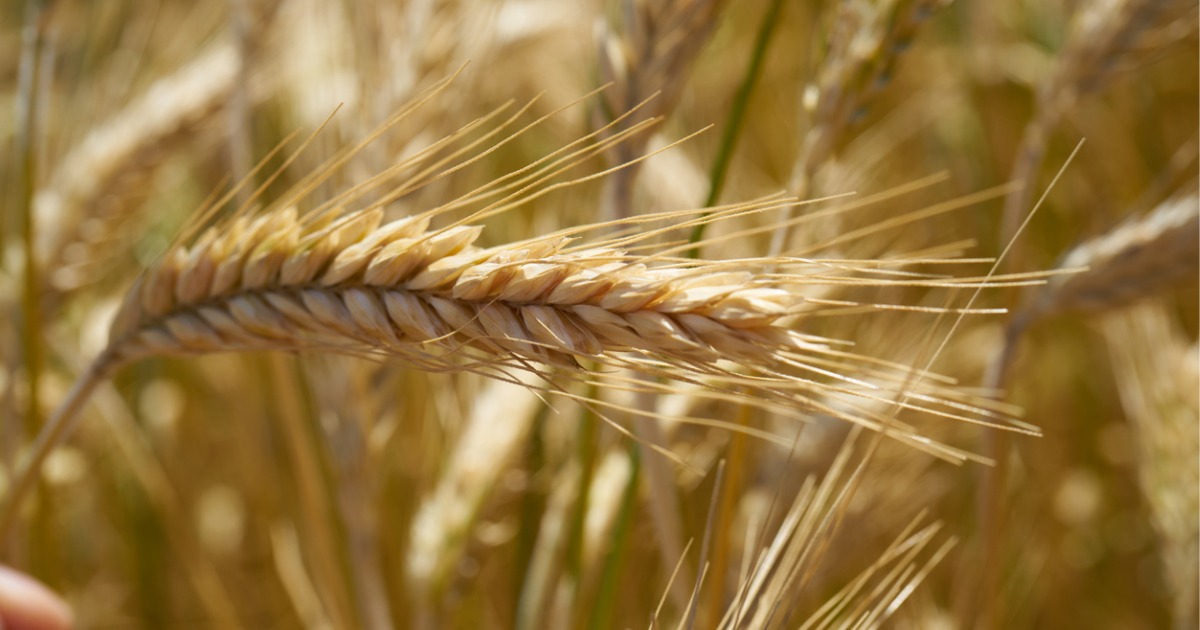Correct management of an autumn reseed throughout the growing season will be rewarded with an uplift in production from home-grown forage.
“While reseeding a grass ley is an investment, typically costing between £240 and £250 per acre, home-grown forage will always be the cheapest form of feed available,” says Ed Porter, Wynnstay’s Arable Specialist covering Shropshire, Herefordshire and Worcestershire.
“Rejuvenating pastures regularly is important to maximise productivity and maintain feed quality and producers should be looking to reseed around 10% to 15% of the farm annually.”
Should crop nutrients and protection be used for grass seed?
He says sowing the seed however is just the start of the process, and careful management of a new ley is important to deliver the best return on investment.
“If we were discussing a winter wheat crop, effective weed control and fertiliser applications would be a given, with bespoke nutrient and herbicide plans being drawn up in advance. But, when it comes to grass, this seems to be forgotten.
“Grass needs to be treated like any other crop and for autumn sown leys, getting the crop well established over the winter period should be a priority. Early control of weeds is important to eliminate any competition, and if possible, this should be done during establishment whereby you can achieve 100% control of docks,” says Ed.
Consider the timing
However, for producers delaying planting to make the most of the late flush of grass this year, he says herbicide timings may need to be altered.
“Ordinarily, reseeding occurs in late summer, with herbicide applications carried out in September, but this year, stock has been grazing until late September and into October to reduce the pressure on forage stocks. This has meant reseeding has happened a month later than normal in some cases.
“In this instance, consult your Arable Specialists on a case-by-case basis to ensure the correct product timings are being adhered to. It may not be appropriate to spray now due to the weather, so a spring herbicide programme should be planned,” says Ed.
Regular Soil Testing
Alongside problematic weeds, he notes the importance of conducting regular soil tests to monitor nutrient levels and ensure any required applications are made before performance is impacted.
“Assessing the nutrient status of the soil should be done pre-drilling, but also shouldn’t be forgotten about throughout the rest of the season. It’s beneficial to monitor the ongoing impact of any nutrient applications to aid future decisions.”
“When it comes to grassland management, investment during establishment will pay off in the long run and maximise the productivity of a new ley,” concludes Ed.












